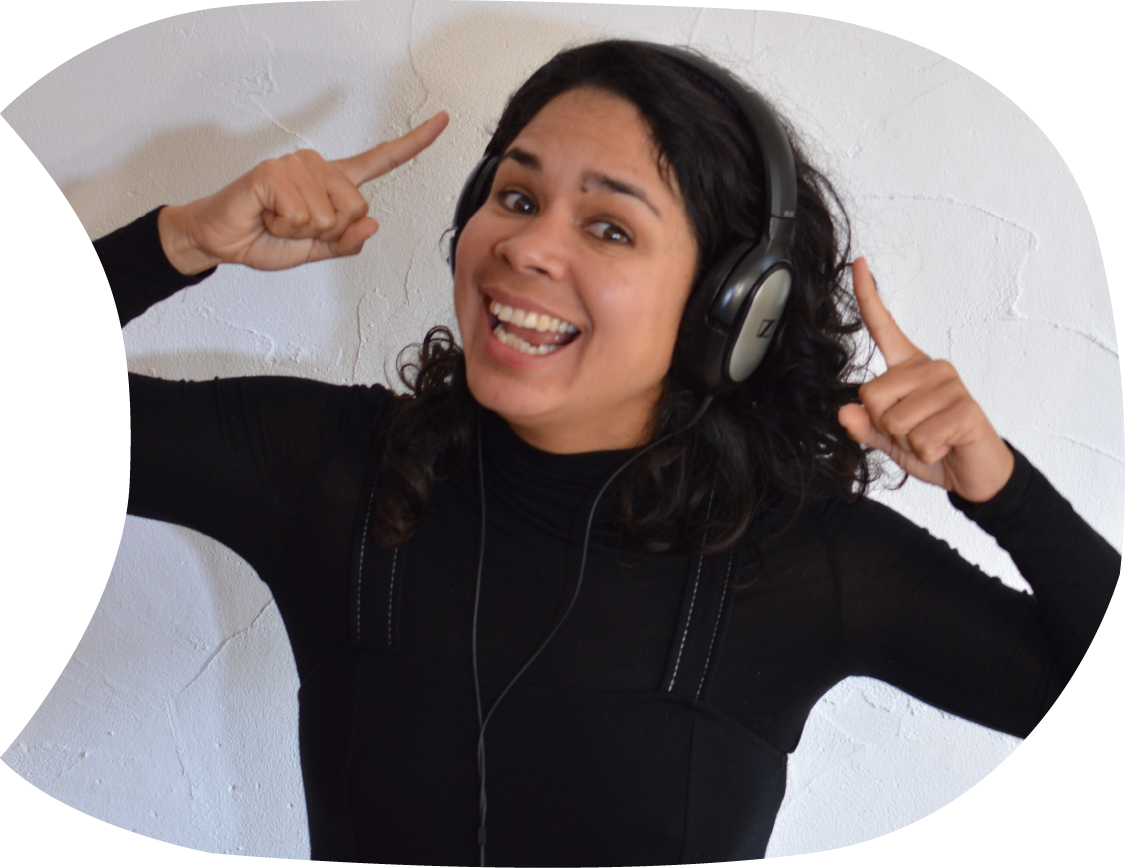
El sueño del Gato Callejero
Adjectives are words that play a significant role in conversations. Imagine we're having a casual conversation over coffee about any random topic, but instead of being descriptive, we just stumble upon words trying to find out how to get the message across in a more detailed way. Adjectives can completely change the way we visualize and feel a narrative; they behave according to the context, and we have different types. Let's talk about it a bit more!
Using adjectives isn't just for writing stories, though. When we use adjectives in our speech, it helps us sound more fluent and demonstrates a higher grammatical level. Being more descriptive and accurate in our descriptions makes our speech more beautiful and engaging. So, let's dive into the world of adjectives and discover how they can enhance both our writing and speaking.
But, before we jump into the grammatical breakdown of adjectives, we're going to observe adjectives in context through a shadowing listening activity designed for this purpose. This will help us see how adjectives are used naturally in conversation and improve our own usage in both speaking and writing.
Shadowing instructions
This activity enhances your listening and comprehension skills, while also enriching your vocabulary and refining your pronunciation. When you read out loud and listen at the same time, you train your ear to catch and mimic the correct sounds in your target language. Using clear, instructional speech helps you fully dive into the material and pick up on subtleties like how native speakers link phrases
Steps:
- Listen to the audio while reading the Spanish text, focusing on understanding the majority of words, especially the highlighted adejctives.
- Read the story presented in Spanish with English translation alongside. Listen to the story, read it aloud, and refer to the English translation when needed. Our goal is to thoroughly explore every aspect of the story.
- Review the charts detailing the behavior of Spanish adjectives.
- Repeat this activity multiple times until you have a complete understanding of every word in the piece. Good luck!
El sueño del gato callejero
| Spanish | English |
| En las ruidosas calles de la ciudad, donde los edificios se alzaban como gigantes de concreto gris, un gato callejero de pelaje grisáceo, con ojos de color amarillo, observaba las luces brillantes. | In the noisy streets of the city, where buildings rose like giants of gray concrete, a stray cat with grayish fur and yellow eyes watched the bright lights. |
| Mientras las familias cenaban tras ventanas iluminadas, él caminaba en las sombras, sintiendo el aroma del chili de carne: una mezcla de colores vibrantes, rojo intenso salpicado de trozos de carne, caliente y lleno de aroma a especias picantes. | While families dined behind illuminated windows, he walked in the shadows, sensing the aroma of chili con carne: a mixture of vibrant colors, intense red speckled with chunks of meat, hot and full of the scent of spicy spices. |
| Soñaba con saborear esas delicias y encontrar un hogar cálido. Pero por ahora, el asfalto áspero era su hogar, y las estrellas, su única compañía en la noche oscura y fresca de la ciudad. | He dreamed of savoring those delights and finding a warm home. But for now, the rough asphalt was his home, and the stars, his only companions in the dark and cool night of the city. |
Color Adjectives
First, let's talk about color adjectives. These are the little details that can transform a simple description into a vibrant image. For example, it's not the same to say "the sky" as it is to say "the sky was sky blue." That small addition "sky blue" immediately transports us to a clear, sunny day, perhaps in the summer, where everything seems brighter and happier. Color adjectives are like brushstrokes on a canvas, adding life and detail to the scene.
| List | Recording |
| Azul / blue | |
| Rojo / red | |
| Verde / green | |
| Amarillo / yellow | |
| Negro / black | |
| Blanco / white | |
| Morado / purple | |
| Naranja / orange |
Physical Adjectives
Next, we have physical adjectives. These describe the qualities or characteristics of objects or places. Think of an old house. We could just say "a house," but if we say "an old house with stone walls and wooden windows," suddenly we have a much clearer and evocative image in our minds. Physical adjectives help us better perceive the environment, almost as if we were there.
| List | Recording |
| Grande / big | |
| Pequeño / small | |
| Alto / tall | |
| Bajo / short | |
| Ancho / wide | |
| Estrecho / narrow | |
| Antiguo / old | |
| Moderno / modern |
Emotional or Sensory Adjectives
Then there are emotional or sensory adjectives, which are my favorites because they really connect the reader to the story on a deeper level. These adjectives convey emotions or sensory experiences, allowing us to feel what the characters feel or experience what they experience. For instance, if we describe "a sweet and melancholic melody," we're not just talking about a song but also how that song might make someone feel. It's a powerful way to evoke feelings and sensations.
| List | Recording |
| Triste / sad | |
| Alegre / happy | |
| Dulce / sweet | |
| Amargo / bitter | |
| Suave / soft | |
| Fuerte / strong | |
| Caluroso / hot | |
| Frío / cold |
Descriptive Adjectives
Finally, we have descriptive adjectives, which provide additional information about the nouns they modify. These are the ones we use most to paint a detailed and complete picture. For example, instead of saying "a tree," we could say "a tall, leafy tree with bright green leaves." With these details, we can imagine that tree much more vividly. Descriptive adjectives are essential for creating an immersive and rich experience for the reader.
| List | Recording |
| Hermoso / beautiful | |
| Feo / ugly | |
| Limpio / clean | |
| Sucio / dirty | |
| Rápido / fast | |
| Lento / slow | |
| Viejo / old | |
| Nuevo / new |
In summary, adjectives are wonderful tools that allow us to add depth and color to our stories. Depending on the type of adjective we choose, we can influence how our readers perceive and connect with what we're describing. Moreover, using adjectives in our speech helps us sound more fluent and demonstrates a higher grammatical level because we can be more descriptive and accurate. It's a way to make our speech more beautiful. So next time you're writing or speaking, try playing around with different adjectives and see how your story changes. Catch you at our next literary chat!

